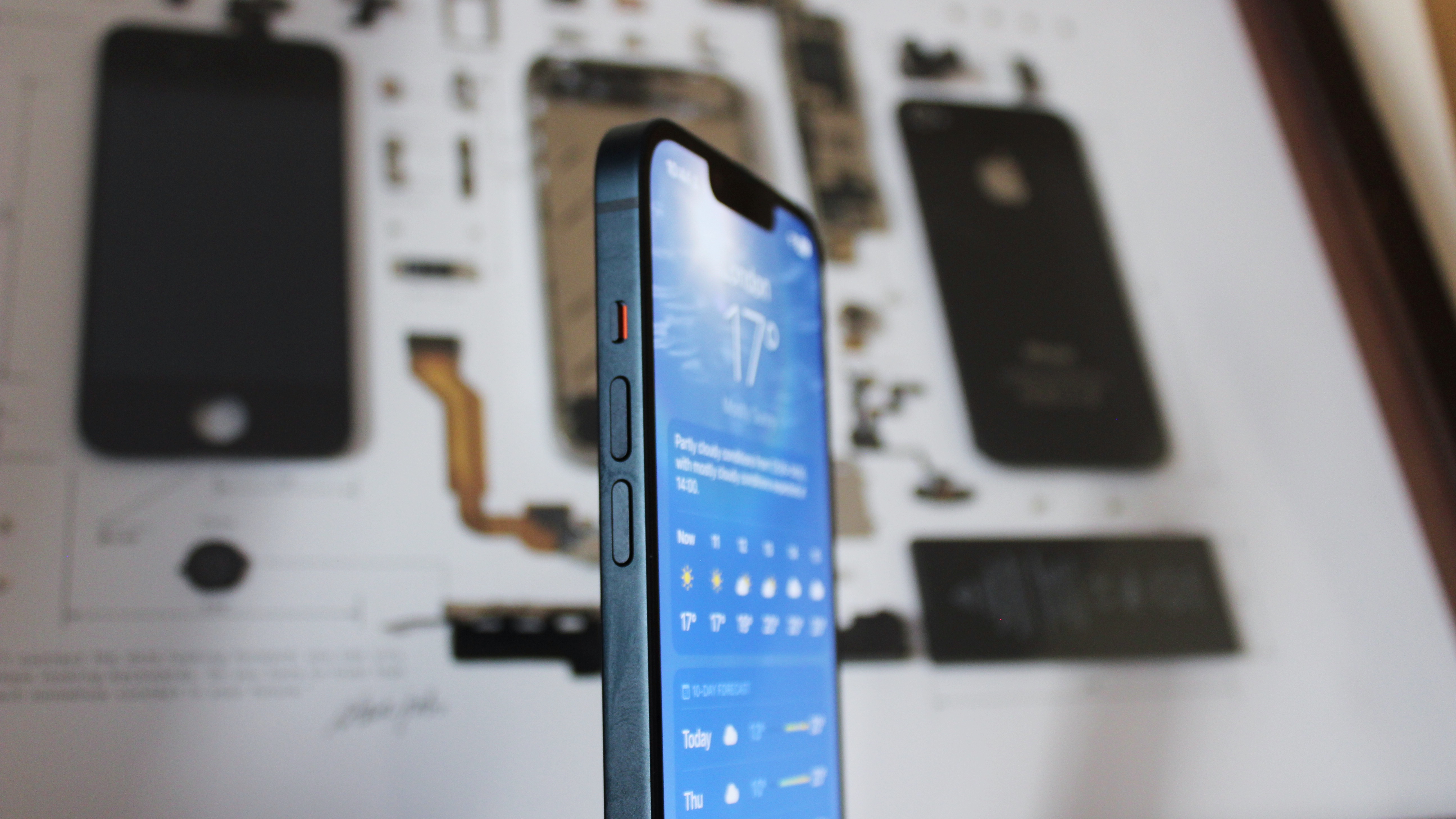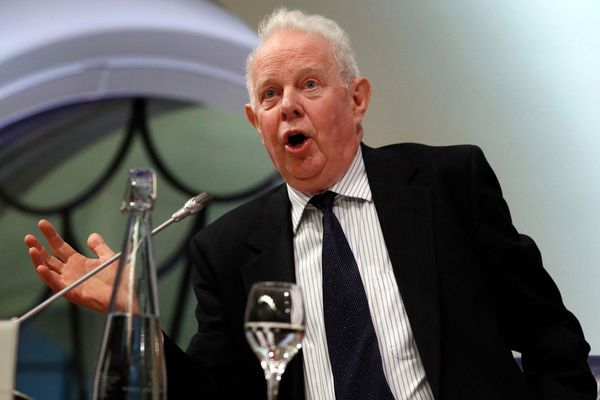
For the first time ever, Apple has dominated the top seven spots of the bestselling smartphone list, with the iPhone 14 leading the charge over the course of the year. Even more impressively, Apple's best iPhone, the iPhone 15 Pro Max, led global smartphone sales over the latter quarter of the year, presumably as early adopters grab their big-screened smartphone experience.
Independent research company Counterpoint Research has released a fascinating report detailing the bestsellers, and some of the devices that made the list might raise an eyebrow. Every year the firm releases the top-selling phones list, and while not official, they’re usually pretty close to total accuracy.
Give the iPhone 15 a chance
In 2023, the iPhone 14 was the best-selling phone of the year, accounting for 3.9% of global smartphone sales. It was followed by the iPhone 14 Pro Max, then the iPhone 14 Pro, followed by the iPhone 13, the iPhone 15 Pro Max, the iPhone 15 Pro, and finally the iPhone 15.
It’s those latter iPhones that paint a picture of the kind of iPhones out of the new range that are selling — the Pro Max and the Pro. There are a couple of reasons that this could be happening. The iPhone 15 Pro Max’s improved camera module and bigger screen could be persuading users to upgrade to the more expensive model, or it could be the early adopters that are leading the charge on Apple’s latest top-end devices.
The bestseller is an interesting one. The iPhone 14 sold best over the year, outselling its Pro brethren by quite some margin — a full 1.1%. Counterpoint points out that this is not the same phenomenon that we’ve seen with the iPhone 15 series, where customers are buying more of the iPhone 15 Pro Max than anything else in the final quarter of 2023, making it the best-selling smartphone over that period.
Previous years had more iPhone entries
While this is the first year that Apple has dominated the first half of the list, it’s fewer iPhones than were on the list previously. Last year, iPhones accounted for 8 of the 10 best-sellers, broken up in the middle by the Galaxy A13 from Samsung. The iPhone 13 accounted for a greater percentage as the bestseller as well, making up 5% of global sales.
Android also accounts for more sales this time around, with the Galaxy A series making up 4% overall of global sales — more than 2022’s 2.7%. Those are cheaper handsets, so it could be due to the global downward trend in the amount of money that people have to spend.
Are iPhones becoming less popular? Well, obviously not — but there is a greater spread of customers among the different iPhone models. Whatever you take from the statistics at hand, the iPhone continues to outsell Android, and while Android’s market share is actually growing, Apple will likely be happy to take the top spot again.







